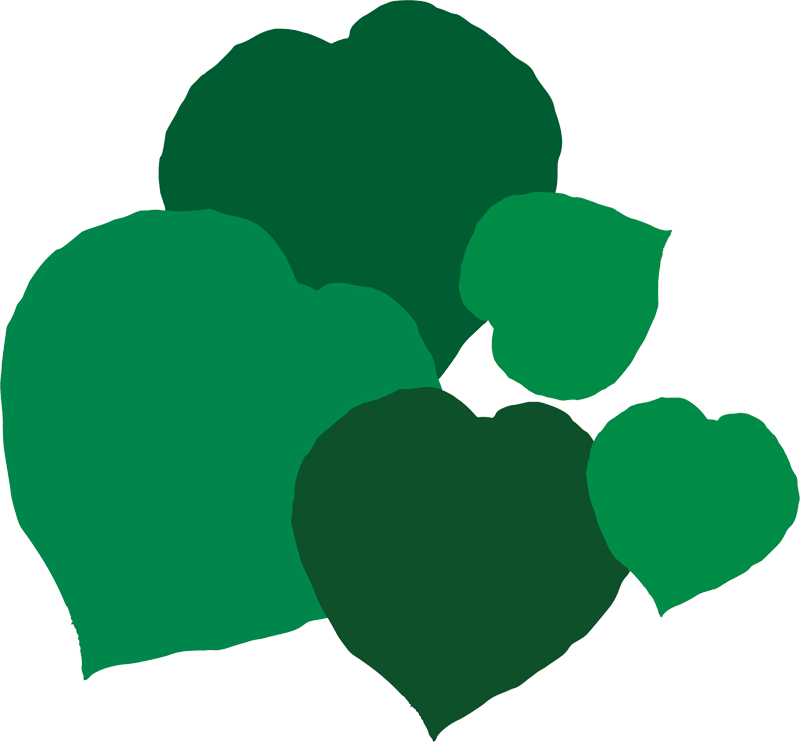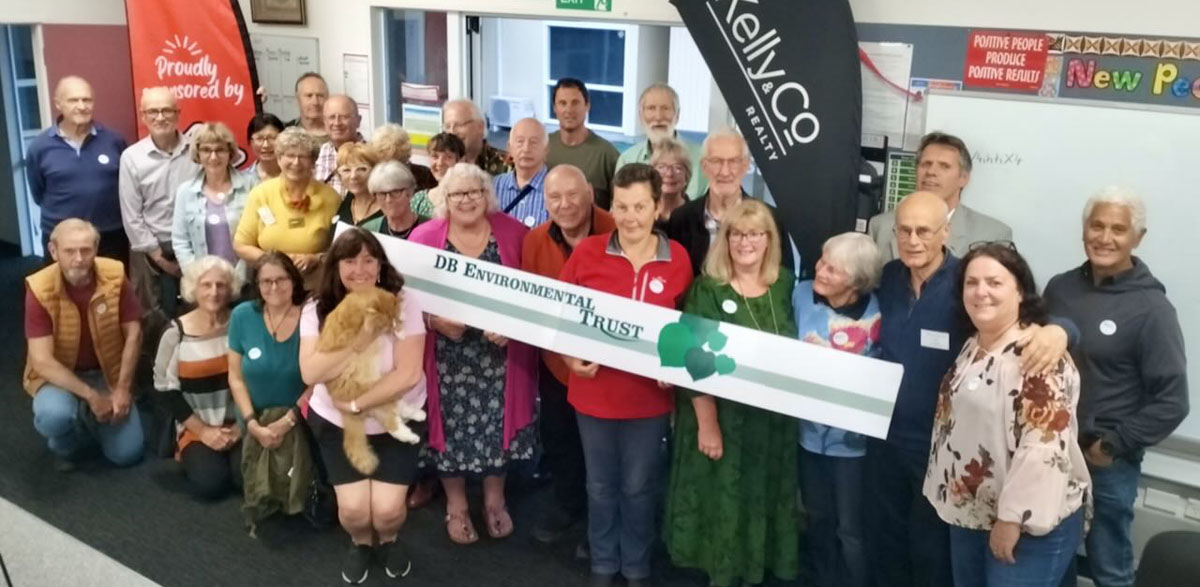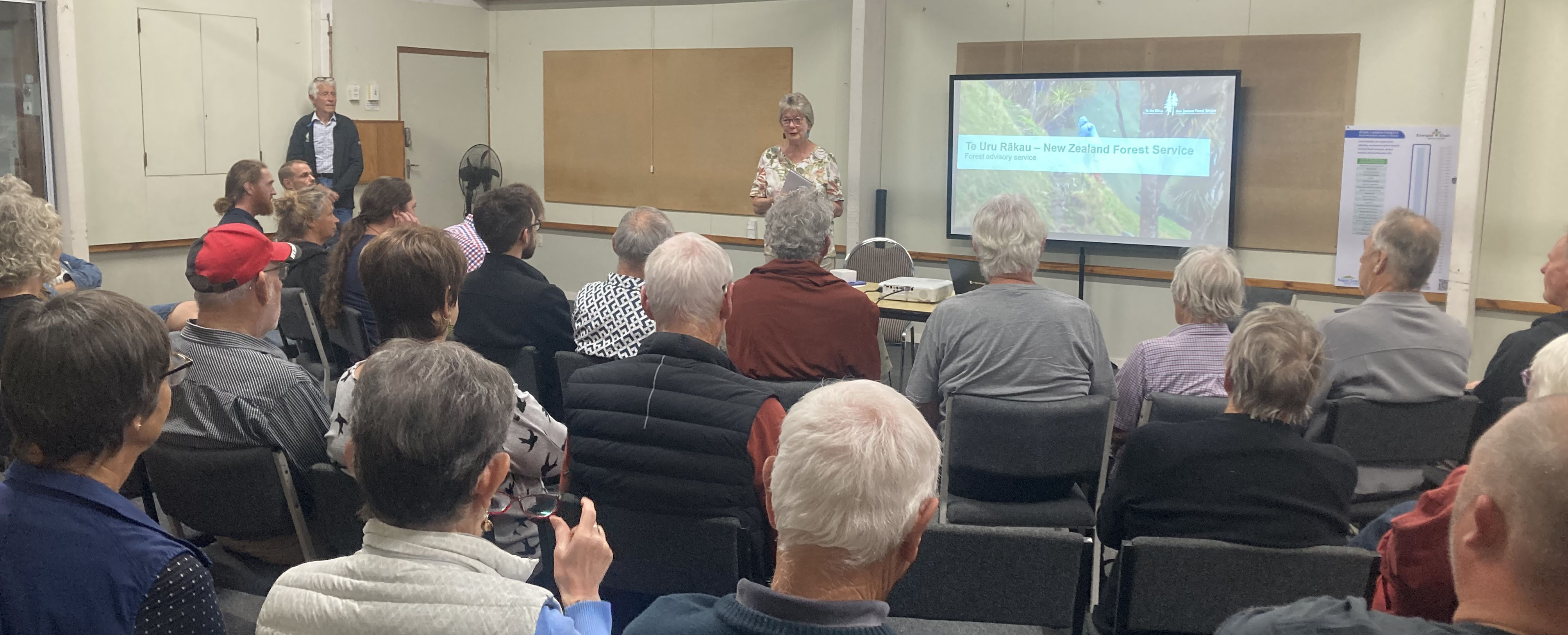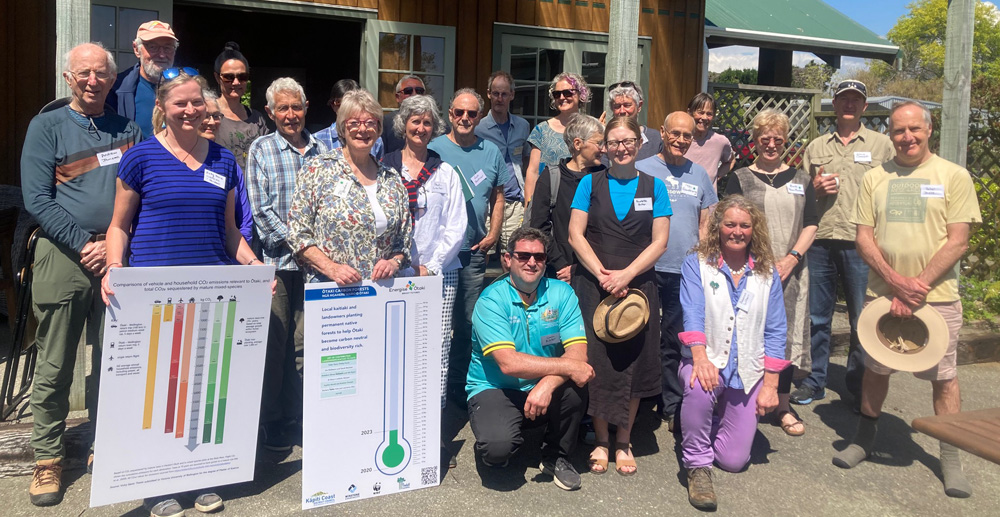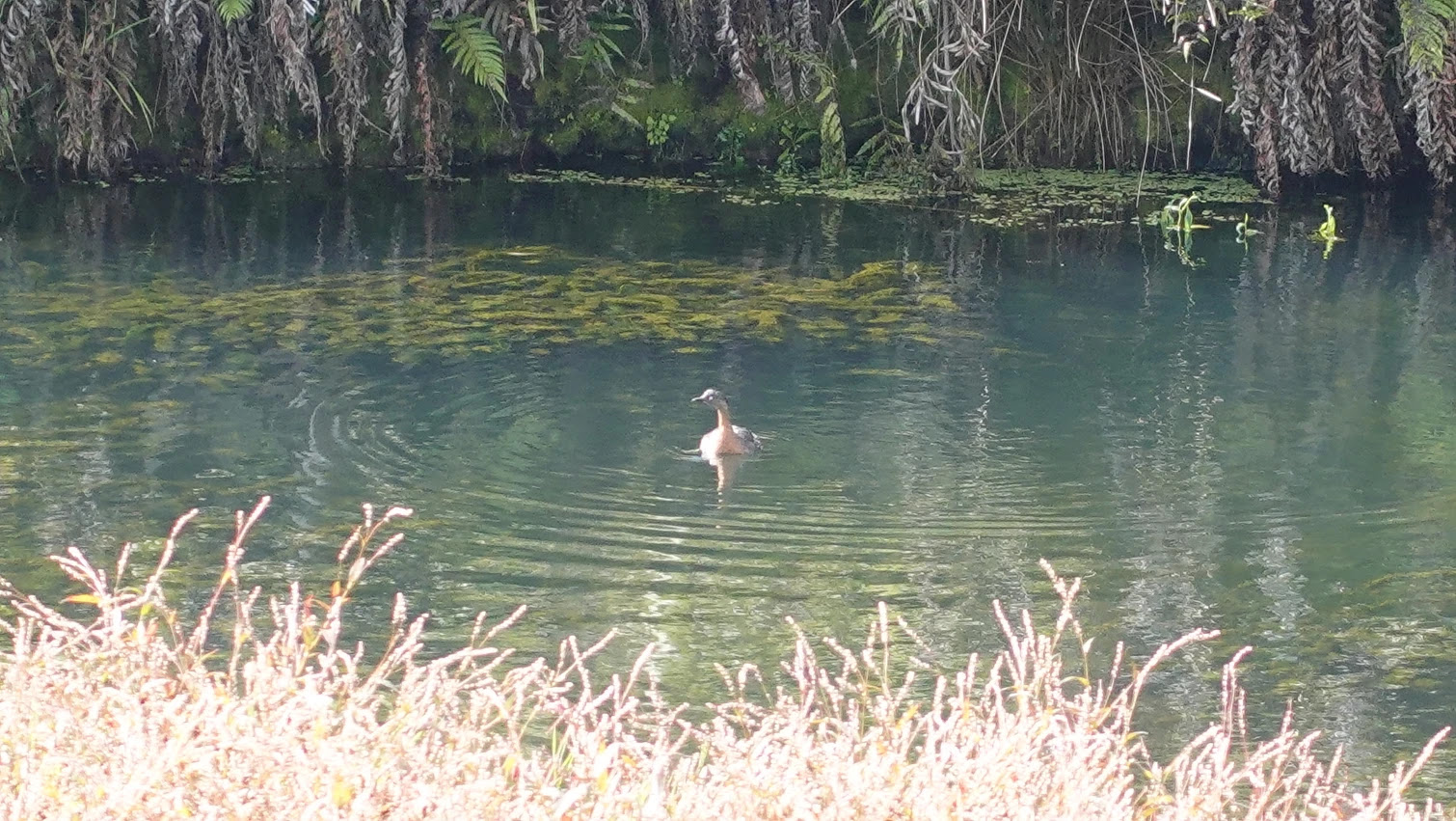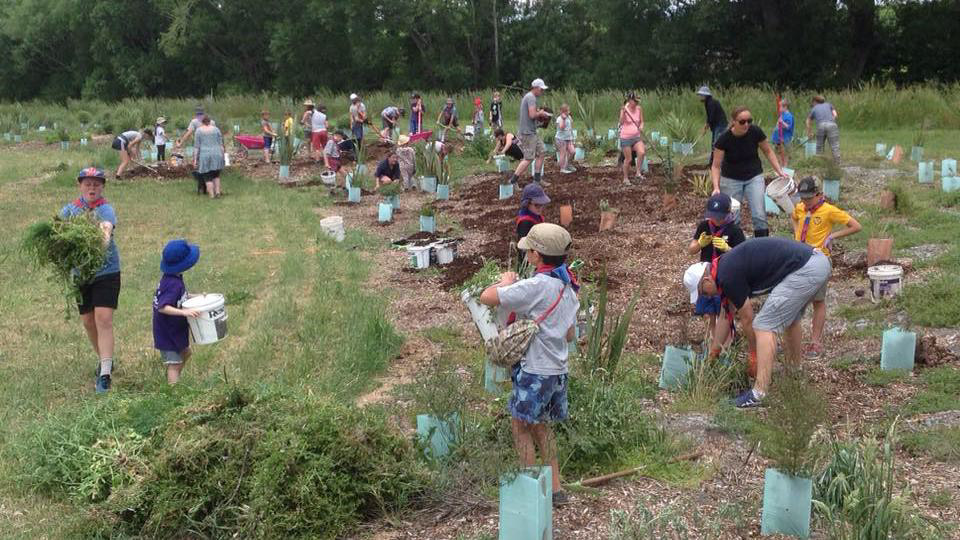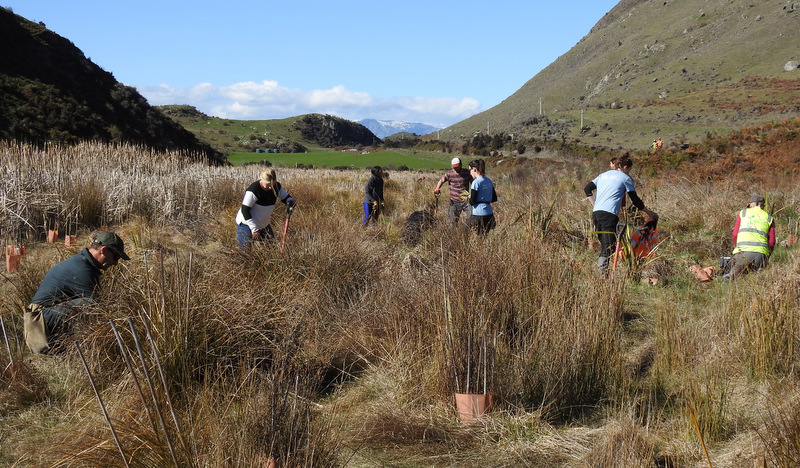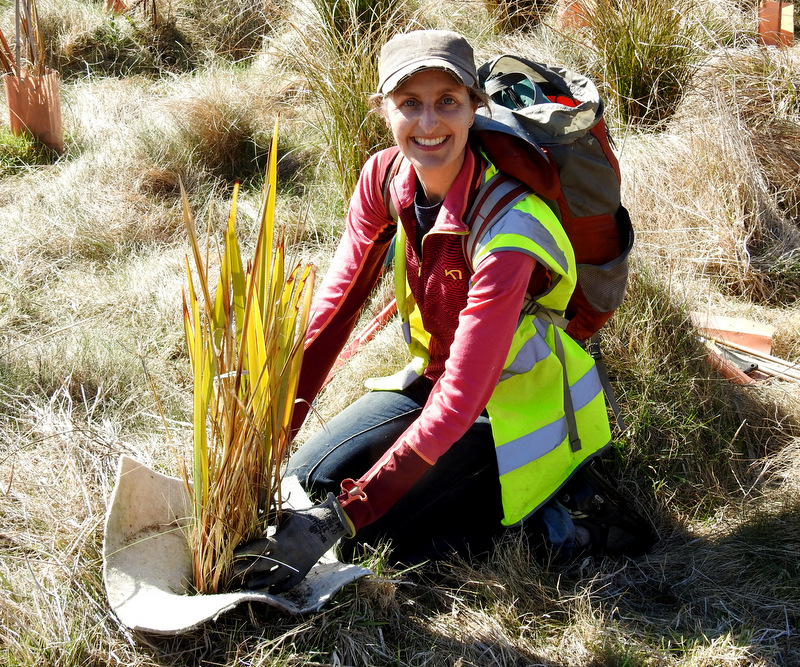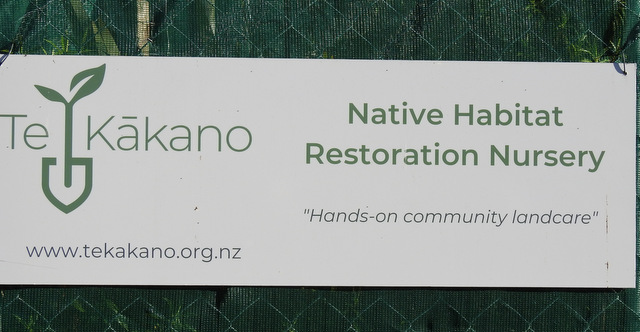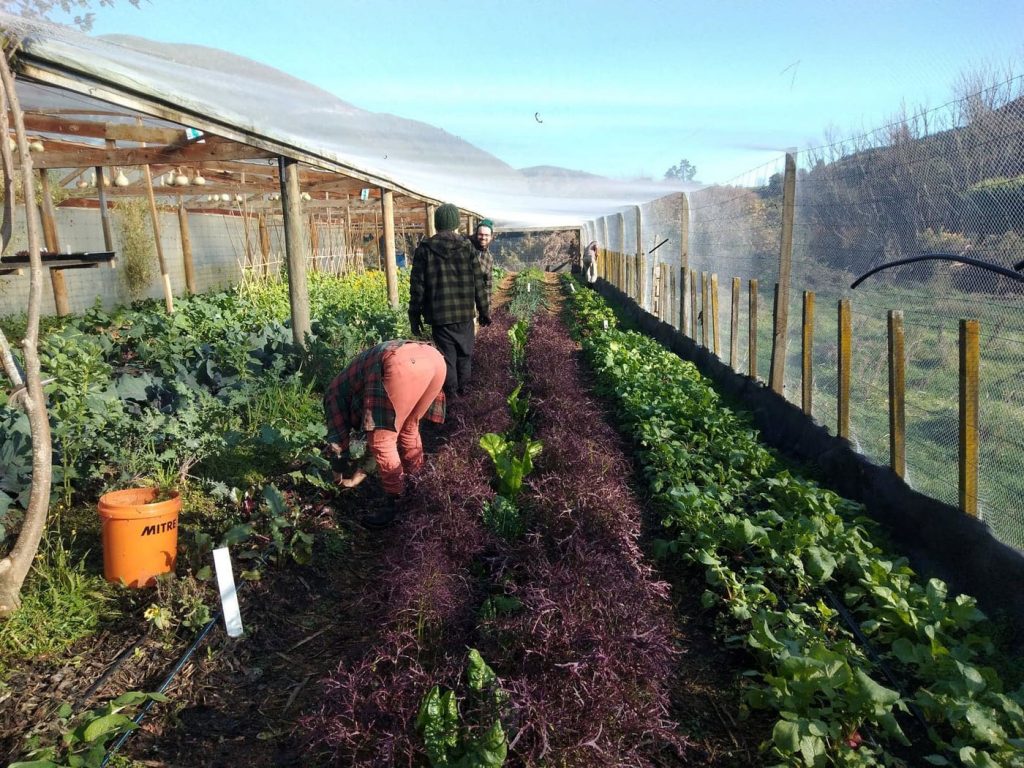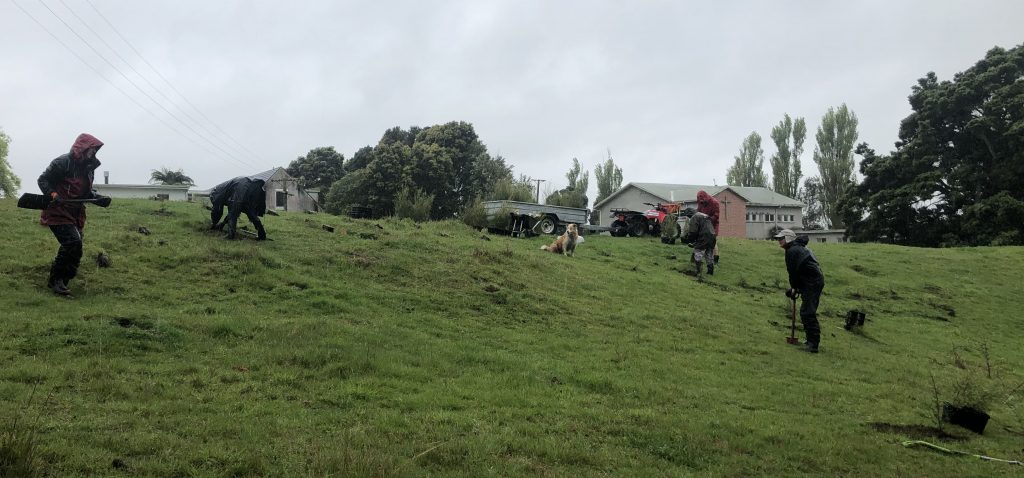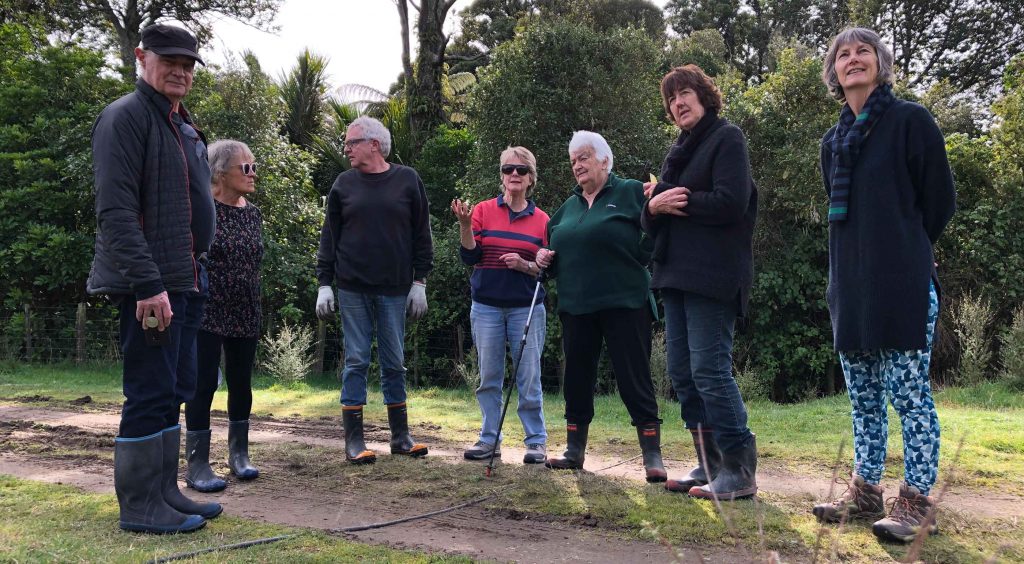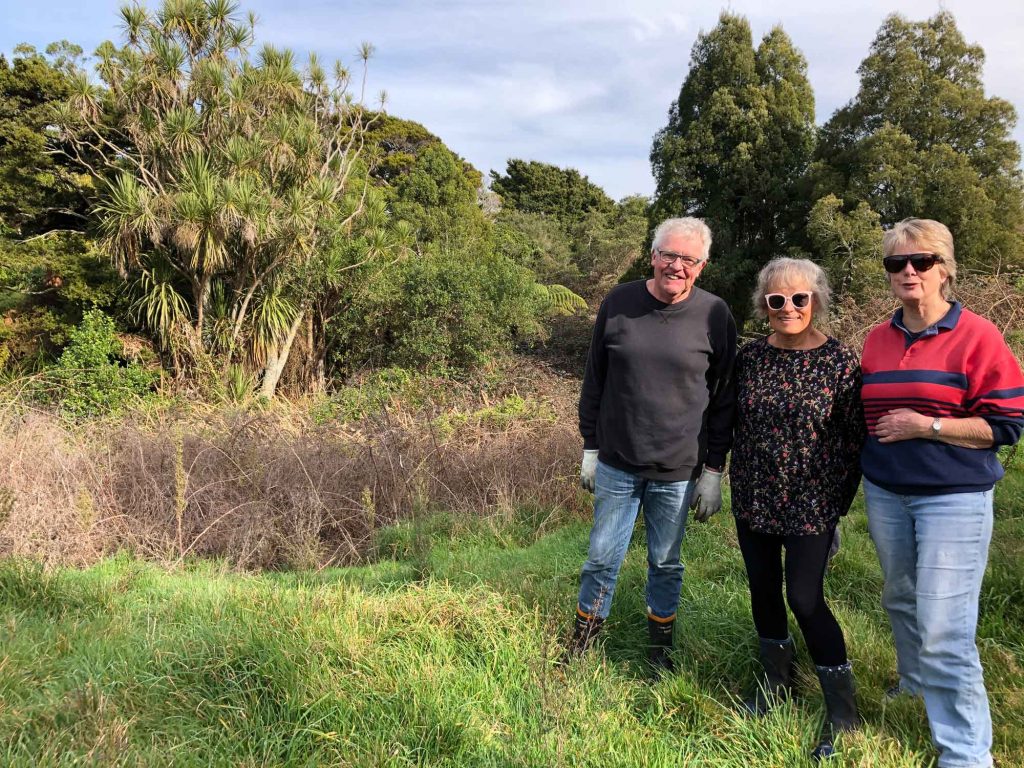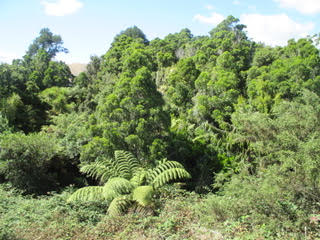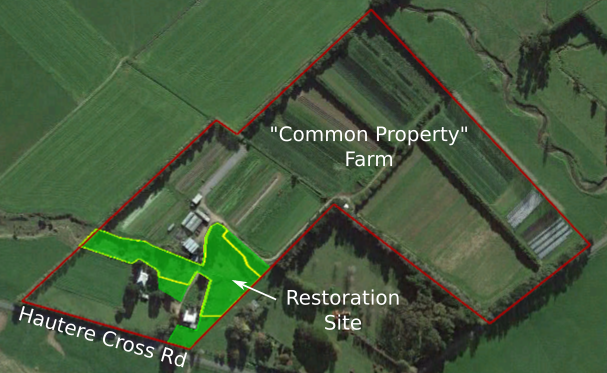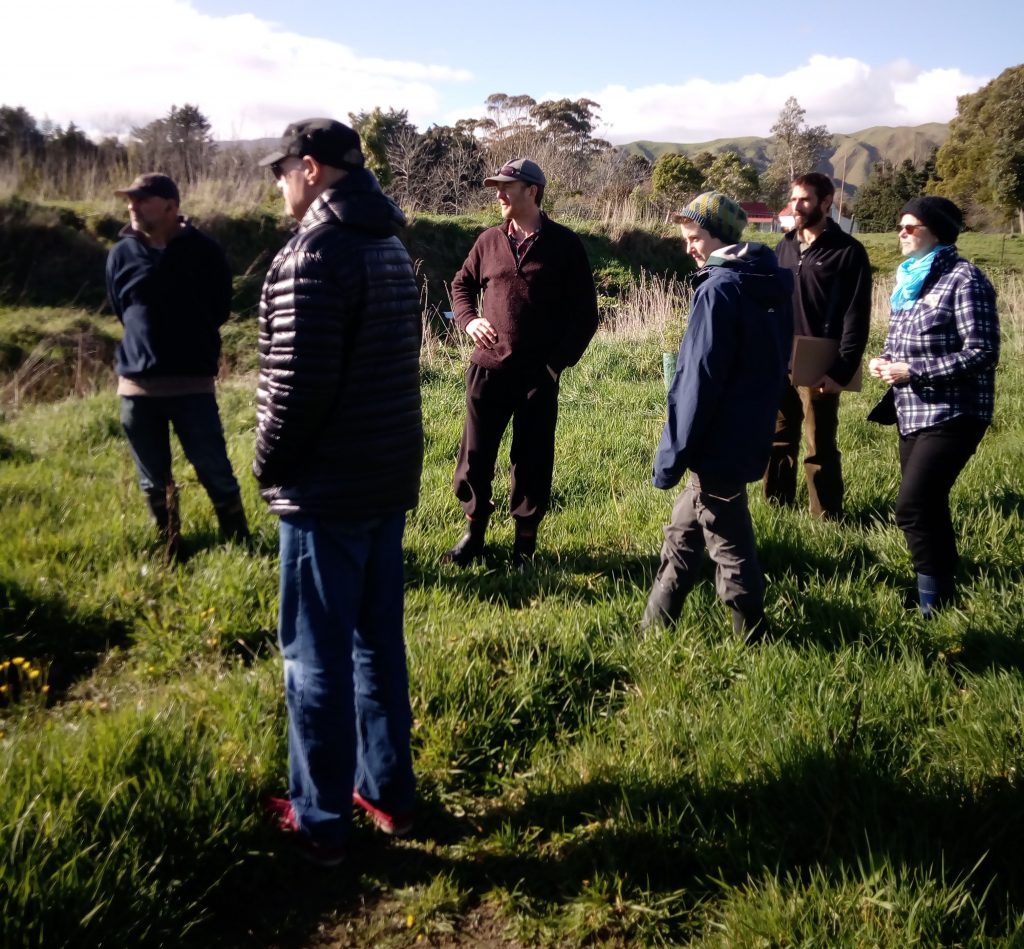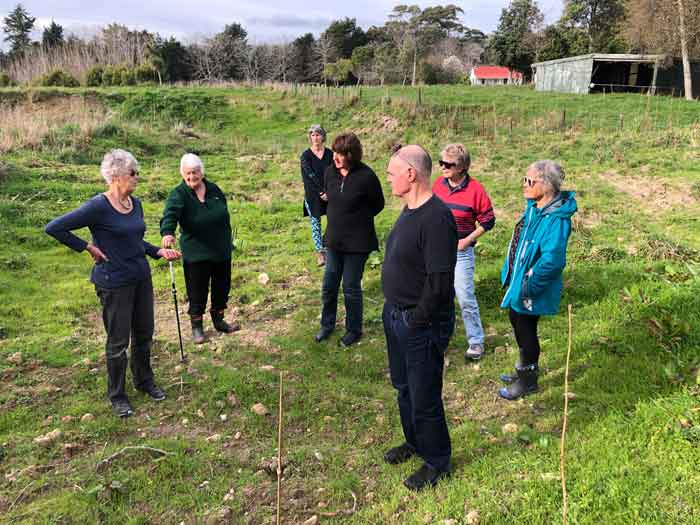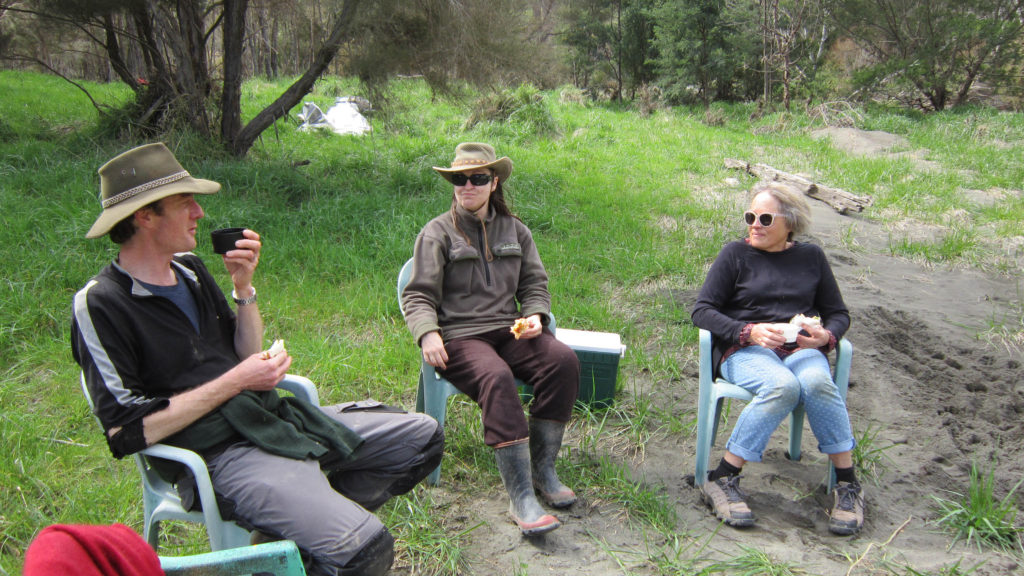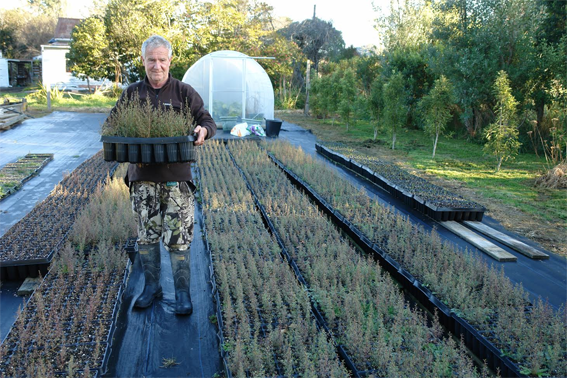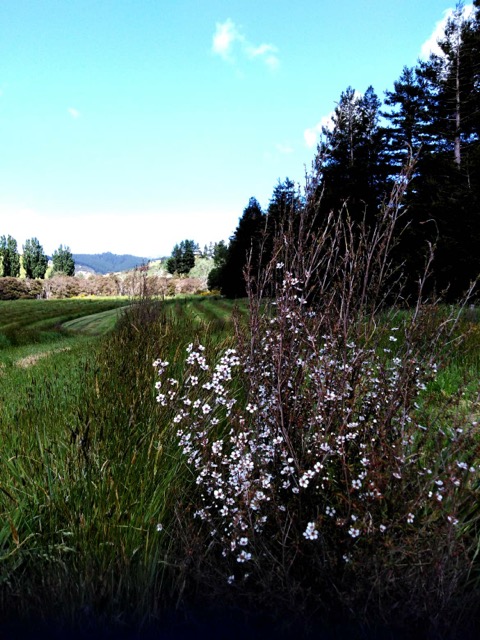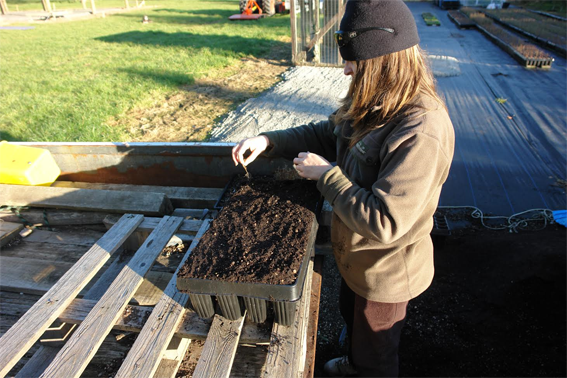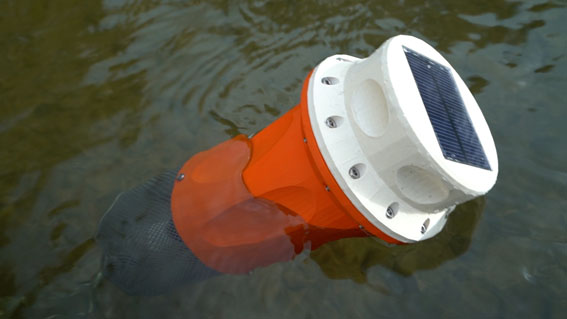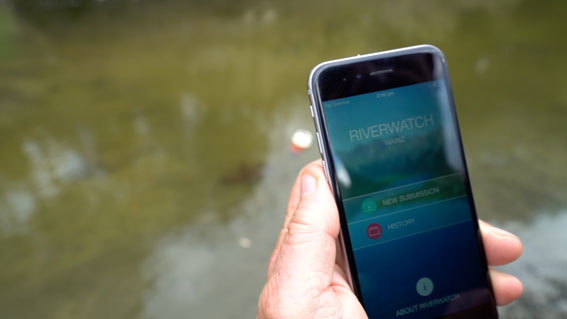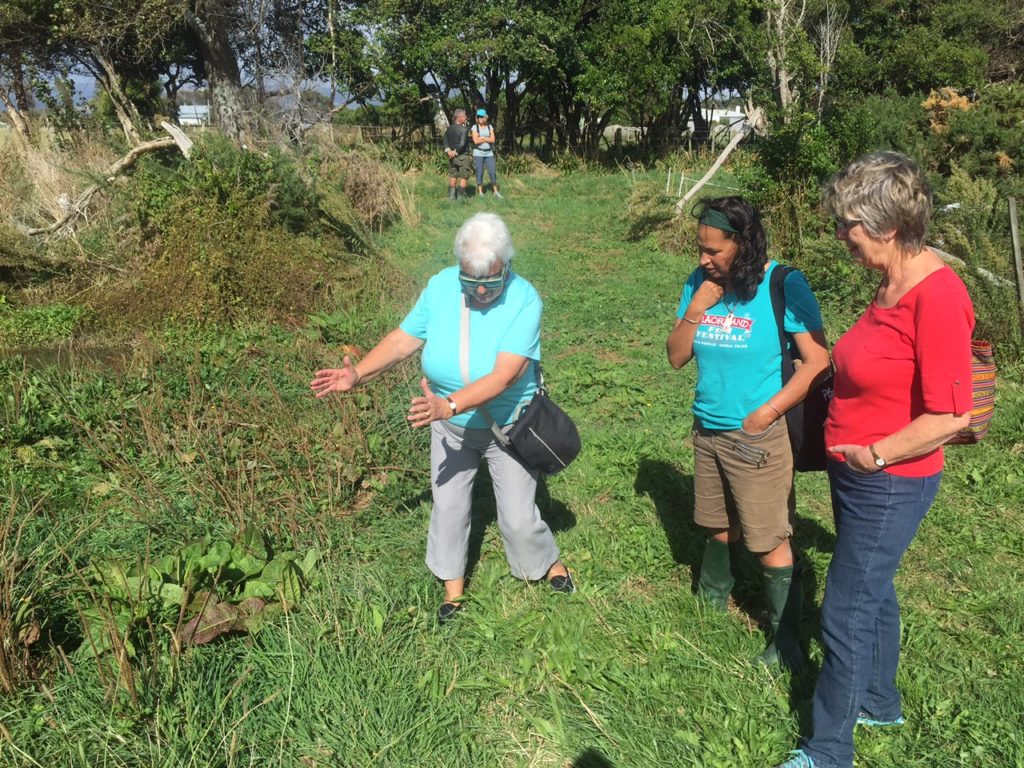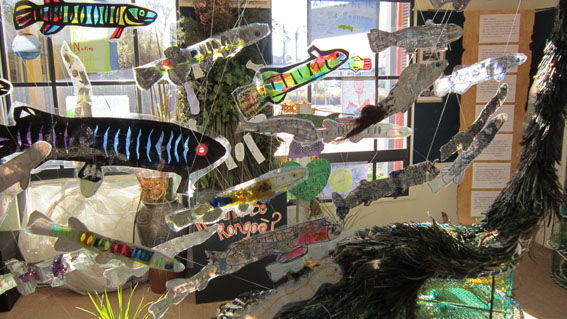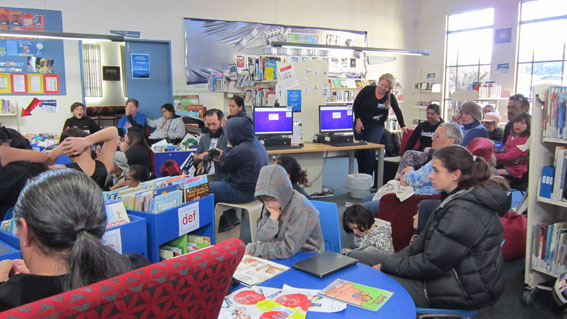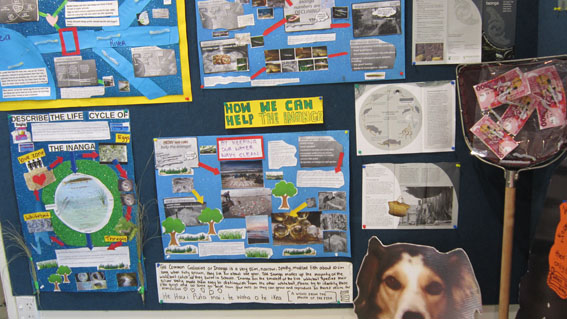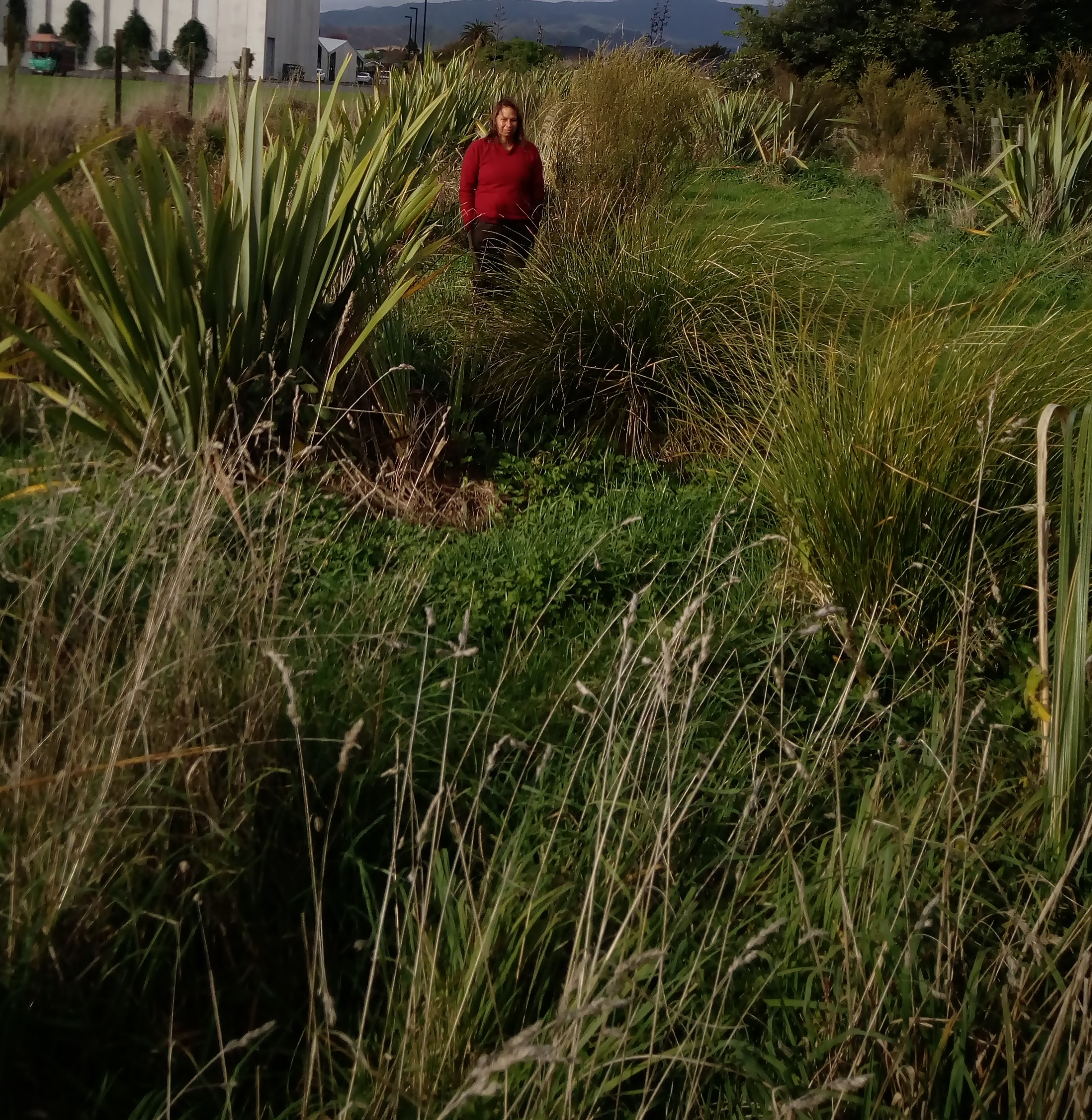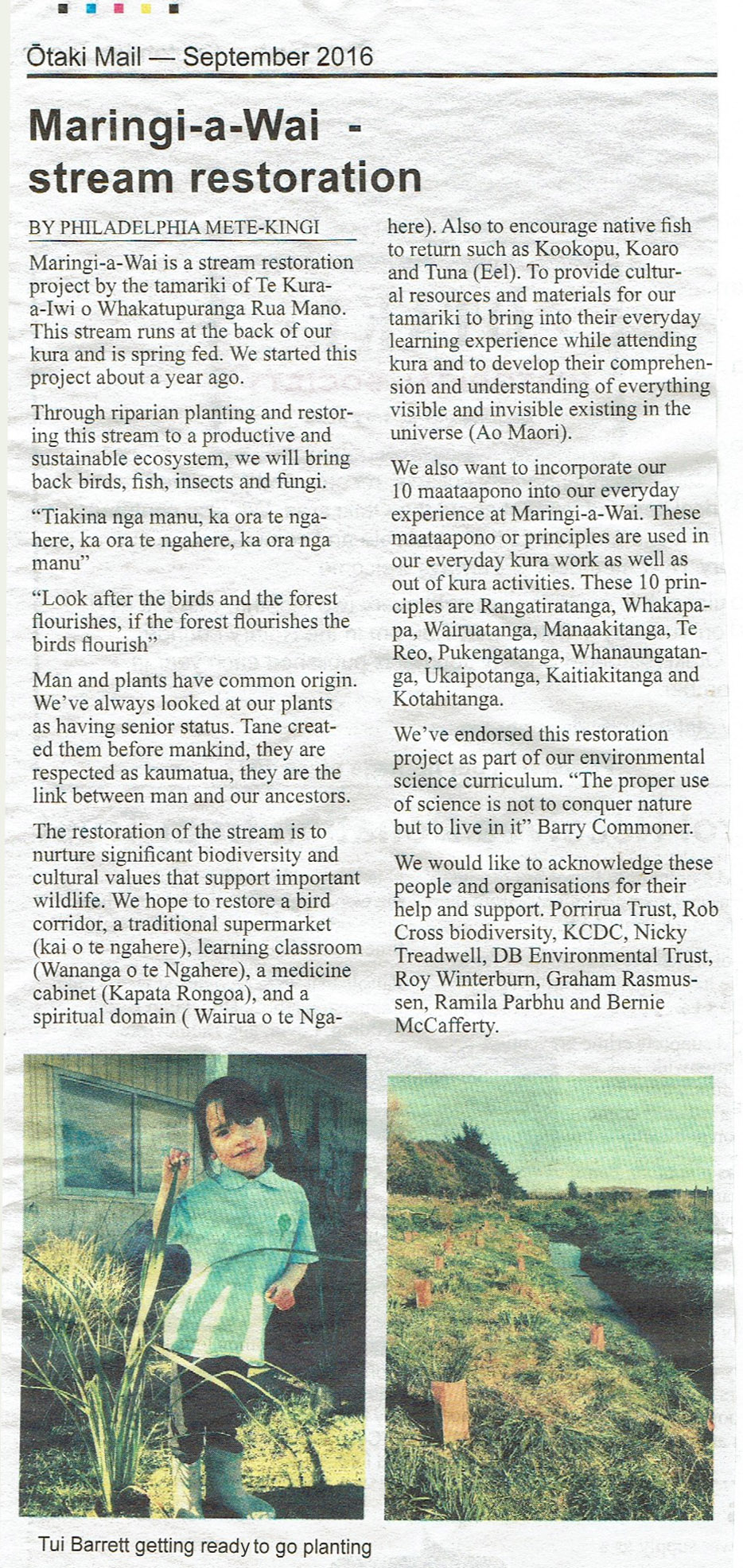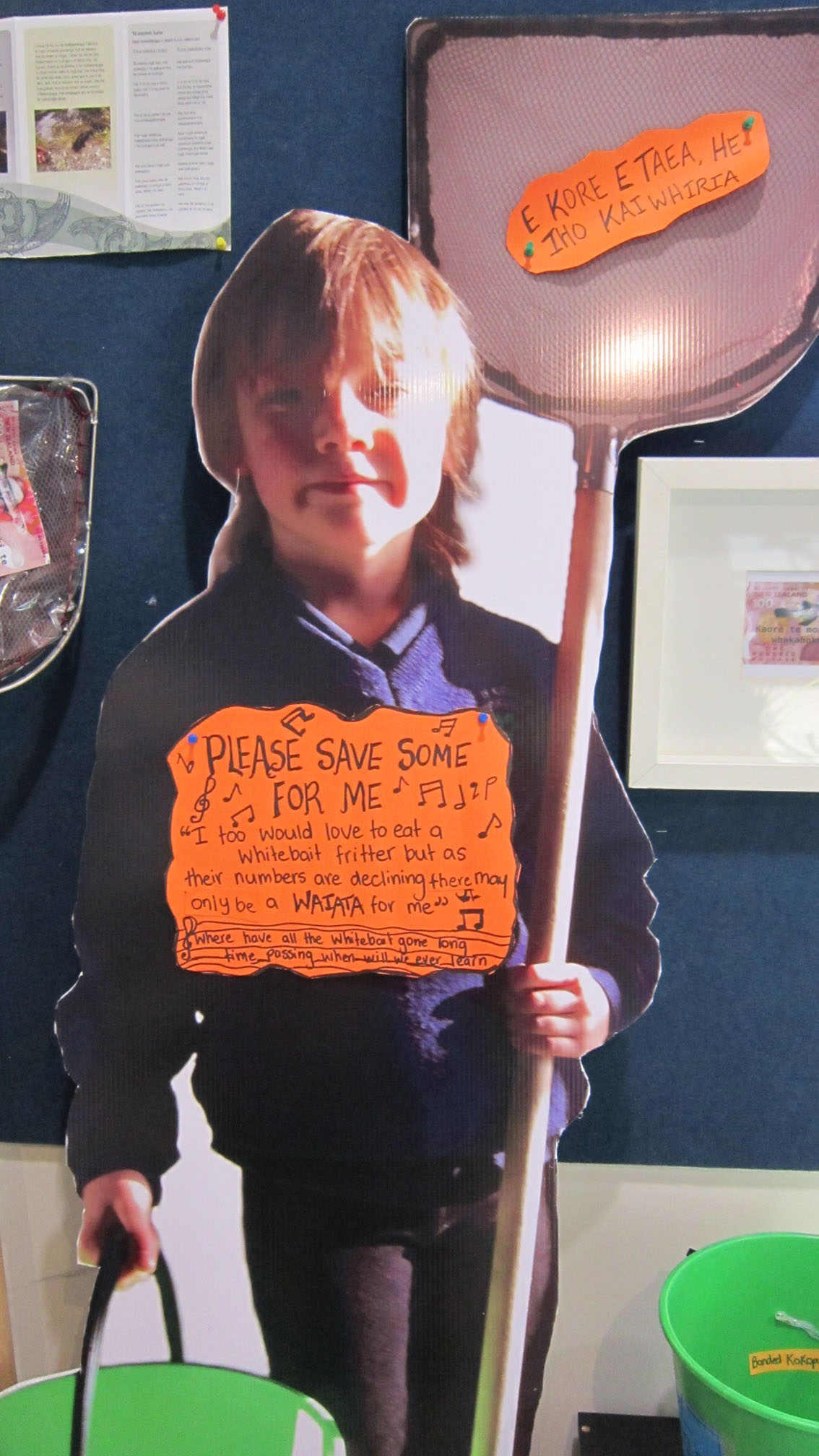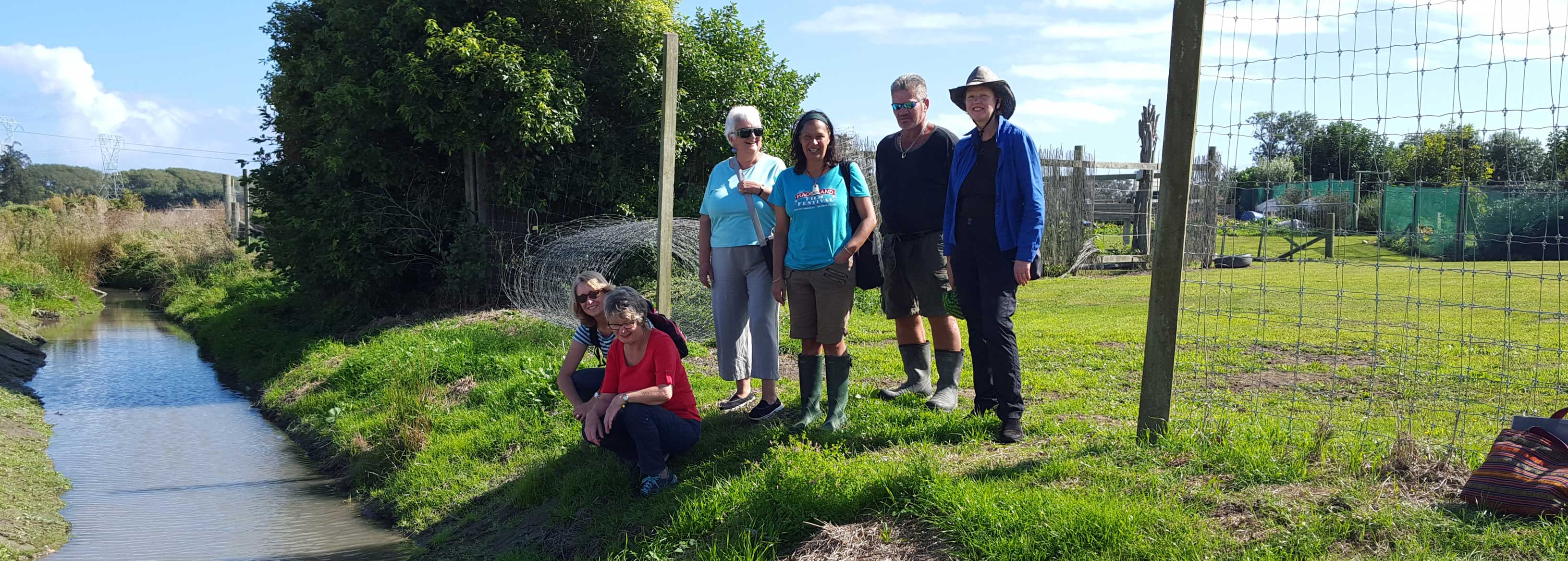Sponsor of Energise Otaki Carbon Forests Project
This project is supporting kaitiaki and local landowners in planting permanent native forests to help Ōtaki become carbon neutral and biodiversity rich. In its first year of operation the ŌCF Project has attracted 30 landowners committed to planting a minimum of 0.5ha and over 20 volunteers to help them do that. They aim for a minimum of 32ha planted within the Otaki district. The tree count started in 2020 and by the end of the 2024 season they had reached 14 ha with over 64,000 new trees in the ground.
Friends of Rangitane Stream (Kapiro Conservation Trust)
Friends of Rangitane Stream is a community-led conservation group in a rural area in the Far North District. They are planting native trees, controlling predators, creating ecological corridors along waterways and wetlands, and other practical work to protect kiwi and at-risk species such as longfin eel/tuna and wetland birds (eg. bittern/matuku, dabchick/weweia, fernbird/mātātā and crake/pūweto) in the Kapiro area.
The group focuses on the catchment of Rangitane Stream. They have a Community Agreement with the Department of Conservation (DOC) to plant trees and create ecological/wildlife corridors on 27 hectares of DOC land on the margins of Rangitane Stream and its tributary, the Kapiro Stream. This is a long-term project run exclusively by volunteers.
Funding was provided for freshwater test kits to compare water quality in the two main branches of the stream, as a community activity: The group plans to use e-DNA and conventional water quality tests as tools to involve additional local landowners/residents, to increase their awareness and understanding of water quality issues, and inspire them to work together with the Friends group to implement solutions (eg. fencing off more waterways, planting, addressing sources of silt/runoff, etc).
Photo: Dabchick in Rangitane Stream
Silverstream Reserve Volunteer Group
This planting project is part of a larger ongoing project to restore native vegetation and protect surviving remnant native habitats and wildlife at a 52 hectare public, recreational reserve in the Waimakariri District - North Canterbury.
The planting was carried out by the Silverstream Volunteer Group, Clarkville Primary School students, and the wider volunteer community. Clarkville Primary School has a strong relationship with Silverstream Reserve and received its silver Enviro School status through the students' involvement in volunteer planting days, native wildlife monitoring and water quality testing at the reserve.
Te Kakano Educate for Nature
Te Kakano Aotearoa Trust is a Wanaka community-based that works with local community groups, schools, organisations and businesses promoting hands-on community land care. They have a native plant-nursery specialising in propagating plants for native habitat restoration. The DBE Trust contributes to their Educate for Nature Programme which creates learning opportunities for young people to gain skills and knowledge about land restoration using local native plants. Trustees Richard Morgan and Di Buchan have visited the organisers and joined in on two planting projects, together with Water Action Initiative (WAI) and the local DOC staff.
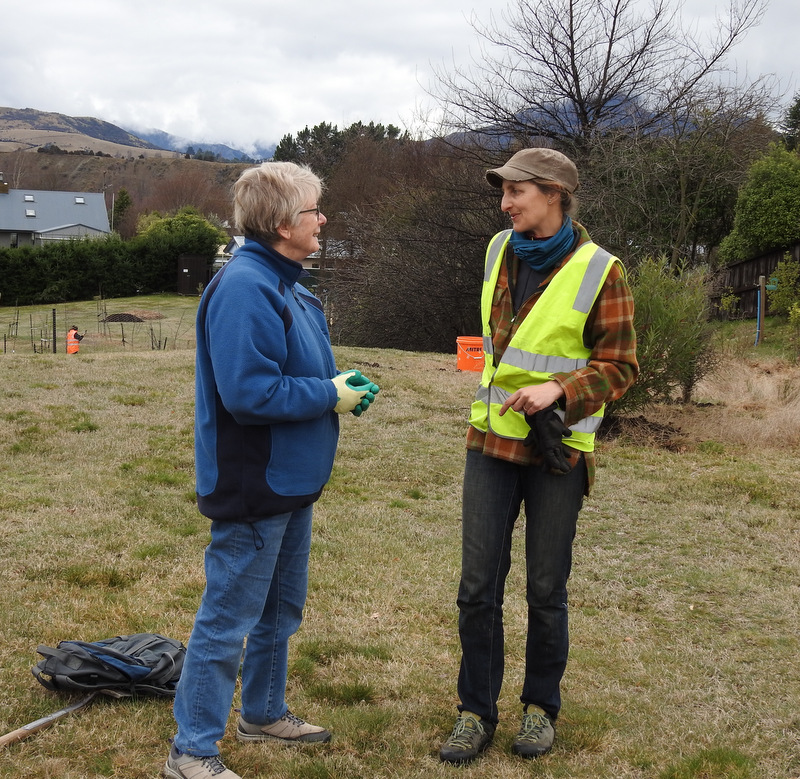
Di and Loran Verpillot, Te Kākano Aotearoa Trust Manager
The Socio-Ecological Learning Environment Project
The Socio-Ecological Learning Environment Project comprises an emerging education centre based on a regenerating farm. It is located on the banks of the Whanganui River. It is focused on teaching land-based regenerative practice skills mixed with social skills that support personal wellbeing through the development of a market garden located on a regenerative agriculture farm. Everyone involved in the enterprise is a trained permaculture practitioner. One is the chair of Permaculture New Zealand.
The project intends to use permaculture and regenerative agriculture techniques in all aspects of its growing including crop rotation, conservation, un-tillage, cover crops, mulching and composting, beginning with soil restoration to strengthen the entire ecosystem.
The market garden will be used as a model of sustainable business, and will offer instruction for schools as well as running workshops on permaculture and regenerative agriculture practices.
Trustees Chris Cosslett and Di Buchan visited this project to discuss pest management and learn about permaculture from the experts.
Makahuri Bush Remnant Restoration Project
The remnant was once part of an extensive coastal plains forest. A mid-1880s survey map shows it as a finger extending from a large stand of forest which extended back towards the Tararua range. The site includes two small wetlands. A large wetland, owned by the NZTA, abuts the remnant and has been restored to native swamp forest as part of mitigation works for the Pekapeka – Otaki Expressway.
The Makahuri remnant is 2 hectares of original coastal podocarp forest between Waikanae and Te Horo on the Kapiti Coast. The owners are keen to restore this important forest fragment. After first asking the DBE Trust for advice they then applied for funding to pay for a restoration plan. The Trust approved their application and the owners engaged a local ecological restoration specialist who completed the plan in March 2019. Work is well underway on the plan’s recommendations.
Initial effort was focused on getting the weeds on the forest edges and in canopy gaps under control. As that is achieved the owners hope to extend the forest edge outwards with re-vegetation planting. They are also committed to controlling animal pests to boost the prospects for native wildlife. Central to the Trust’s approval of the application was the owners’ intention to involve local volunteers, including children from local schools, in implementing the project.
Trustees and supporters joined the owner of Makahuri to plant over 500 trees. Weed and pest eradication is continuing in accordance with the project's restoration plan funded by the Trust.
Follow this link to watch drone video flyover the property.
The wall painting were created by SWiFTMANTiS Productions swiftmantis@gmail.com
Common Property Farm Native Forest Restoration Project: Te Horo, Kapiti Coast
This project aims to provide a refuge site and habitat for native birds and wildlife, and indigenous plant species linking to other refuge sites in the area to present an additional stepping-stone for birds traveling from Kapiti Island to the Tararua Range.
The project also aims to provide a local restoration demonstration site for the community (especially Te Horo School) and provide a site for community education on native forest ecology, restoration practices, and local history.
The planting project will grow into a closed-canopy forest that will become its own seed source as well as a seed source for other sites in the area and become self-sustaining through the action of an on-going pest control program.
The completed project will include access paths and information plaques showing plant identification, significant project dates and historical information.
Manuka Trees for Rivers project
The aim of this model project is to enhance understanding of how Manuka can be used to aid restoration of marginal lands and protect waterways primarily from sedimentation. The Trust has provided funding to support the extension of this group’s planting programme in riparian zones and erosion-prone areas with eco-sourced Manuka trees. The project is engaged in sharing expertise and knowledge with a wide range of participants including Massey University students, Ngati Kahungunu, local farmers, schools and environmental NGOs
Some of the Trust members spent a day planting Manuka on a flood-prone paddock in the Wairarapa. The Manuka will help hold the land thus reducing the amount of silt going into the river while also providing a food source for the local bee industry and a field of eco-sourced seeds for local farmers to use for the same purpose.
"The trees are now over my head. Thank you for your support it has allowed Manuka Farms to gather significant IP on eco sourcing and propagation of Manuka." Grant Muir, applicant
Morena Di - Wow! Fantastic! Thank you so much for your visit yesterday. And all of your hard work. We are very appreciative that you all took the time and effort to help us at the farm. I had a lovely day and really enjoyed your company. We will keep you updated with our progress. Ngā mihi, Joanne
Water Action Initiative (WAI)
River Watch has developed a cost-effective and robust water sensor to test freshwater quality. The senor is WI-Fi enabled for extracting data on pH levels, turbidity, dissolved oxygen and temperature and sending this information to an application on a mobile phone or computer. Planned developments are to further refine the sensor to measure nitrates and E. coli pathogens and to expand the use of the app across the country to create a pool of knowledge that will help land users, students and citizen scientists to protect and enhance water quality. The project is currently testing and evaluating the equipment with Greater Wellington and Horizons Regional Councils, Mauaupoko Tribal Authority and several environmental groups.
The Trust has provided funding to extend the reach of the phone app to enable students, researchers and landowners to use it as part of their daily environmental practice in conjunction with the River Watch water sensor.
Save
